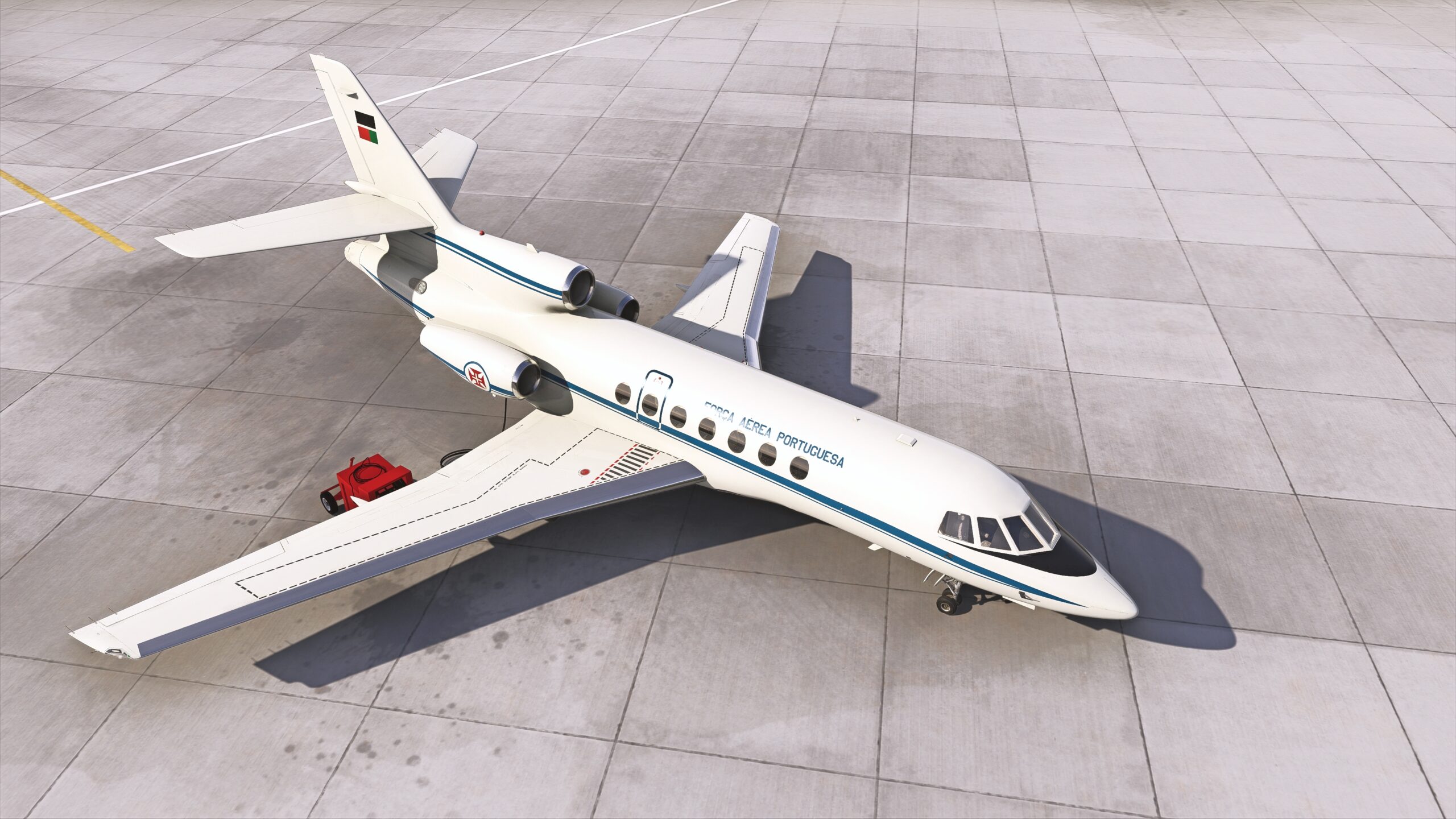The team at RedWing is bringing the first fully-fledged payware add-on modeling the Hindenberg and lighter-than-air aviation in MSFS. The well-established developer of the Lockheed L-1049 Constellation is set to bring one of the most ambitious and historically significant add-ons to the MSFS Marketplace for both PC and Xbox flight-simmers.
One of the most ambitious and technologically advanced (for its time) aircraft ever flown, the Hindenburg is an extremely challenging and unique add-on to bring to the MSFS platform. RedWing has not released much information; however, a teaser trailer and a shop page have gone up. We’ll go through all the features showcased in the video and discuss the fantastic history of the Hindenburg and its devastating failure.

The Hindenburg for MSFS follows the trend of new representations of historic aircraft. This add-on fits nicely into many of the MSFS: Local Legend series of add-ons, with the similar period release of the Saab B 17A.
The Teaser Trailer
Ground Environment
The first look we get at the Hindenburg for MSFS also gives us a glimpse of a fully custom ground environment, including many of the ground crew required to hold this behemoth at bay throughout fueling, boarding, and startup.

The Hindenburg already had an onboard crew of 50-52 officers and other staff members. The ground crew is not included in that number as most would be untrained, with their job entirely being to hold the blimp to the ground.
Control Car Modeling
The cockpit, or as it should be called, the control car, is fully modeled with all controls and the multiple captains, helmsmen, and elevator men needed to control this behemoth. The Hindenburg is captained more like a sea-going vessel than a conventional aircraft. A crew divided into navigation and engineering worked independently of one another to maintain straight and level flight whilst ensuring that the many systems on board this aircraft were operating appropriately.
The control car is broken into three rooms: the control room at the front, the navigation room, and an observation deck at the rear. With many details to model in each, it seems that RedWing has paid close attention to accurately bringing these rooms to their rendition of the Hindenburg for MSFS.


While the video does not showcase in depth the many different systems onboard the Hindenburg, RedWing is known for its efforts to adapt these early systems to our modern flight sims. In the navigation room, we can see an example of this wherein there appears to be a map to be used for rough aviation purposes. The video showcases a live update to the route on the map, seemingly hinting at a moving map or at least some interactivity.



Similarly, there is a demonstration of an interactive radio, complete with Morse and Q-Code integrations. While the purpose of this is not explicit, it is likely this will be used for onboard and air traffic control communications. This is a unique and extremely impressive way to implement such archaic communication methods into our modern flight sims.


General Onboard Modeling
With that, the rest of the video demonstrates some of the onboard modeling. From the passenger cabin to the rigging department, everything is modeled to be an accurate representation of the aircraft as it was before its complete destruction.




History and Specifications
Now, for the nerdy part of this article, let’s go over some of the amazing details and history of this aircraft. A true masterpiece in engineering and design, the Hindenburg stands as one of the greatest innovations in aviation since the invention of heavier-than-air flight and is perhaps the greatest innovation in lighter-than-air flight. With a carrying capacity of 7 million cubic feet of Hydrogen and over 500,000 lbs of lift, the Hindenburg was an incredibly capable machine.
Specifications
The Hindenburg is powered by four Daimler-Benz 850 horsepower 16-cylinder diesel engines. Each engine was mounted in a manned engine pod hanging off the superstructure of the Zeppelin. The engines provided an optimal cruise speed of 75 mph at a cruising altitude of 650 feet. This made the Hindenburg the fastest method of transatlantic travel, with Eastbound crossings taking a mere 40 hours, where the fastest ocean liners would take four days.
In order to attain lift, the Hindenburg carried 16 Hydrogen gas cells, each made of a gelatine-coated cotton fabric. The gas cells were manually regulated to maintain neutral buoyancy. When the zeppelin became too heavy, the gas cells would release pressure and vice versa. The original design called for each gas cell to carry the much more stable Helium; however, the American monopoly on Helium prevented export to Germany, making Hydrogen the only choice.


The sheer size of the Hindenburg is hard to explain. The Hindenburg measures 803.5 feet in length and 135.1 feet in diameter. For reference, a Boeing 747-8 measures 250 feet in length. You could fit three Boeing 747-8s in the length of the Hindenburg with some room to spare. The Hindenburg was compared to a flying skyscraper for a reason: its length rivals some of the tallest buildings in the New York Skyline.
Destruction
The Hindenburg’s final flight took place on May 6th, 1937. The weather that day was already sub-optimal, with the arrival into New Jersey’s Lakehurst port already delayed by several hours due to thunderstorms. Upon tethering the nose to the landing structure, the rear third of the airframe suddenly and violently erupted into flames. The Hindenburg was entirely aflame in under 90 seconds. This crash resulted in the death of 35 people, and some say the death of commercial lighter-than-air travel.

While the exact cause of the devastating failure is unknown, speculation lies primarily in the atmospheric conditions and the release of the highly flammable Hydrogen in such statically charged conditions. The failure was another nail in the coffin for lighter-than-air travel, which, with a long series of weather-related accidents, was rapidly falling out of favor.
Hindenburg for MSFS
While there is no official release date for this add-on, the teaser video demonstrates many thorough and in-depth features. FSNews will keep you updated with developments on the Hindenburg for MSFS; in the meantime, make sure to check out our dedicated MSFS News, Updates, and Reviews page.
Feel free to join our Discord server to share your feedback on the article, screenshots from your flights or just chat with the rest of the team and the community. Click here to join the server.










